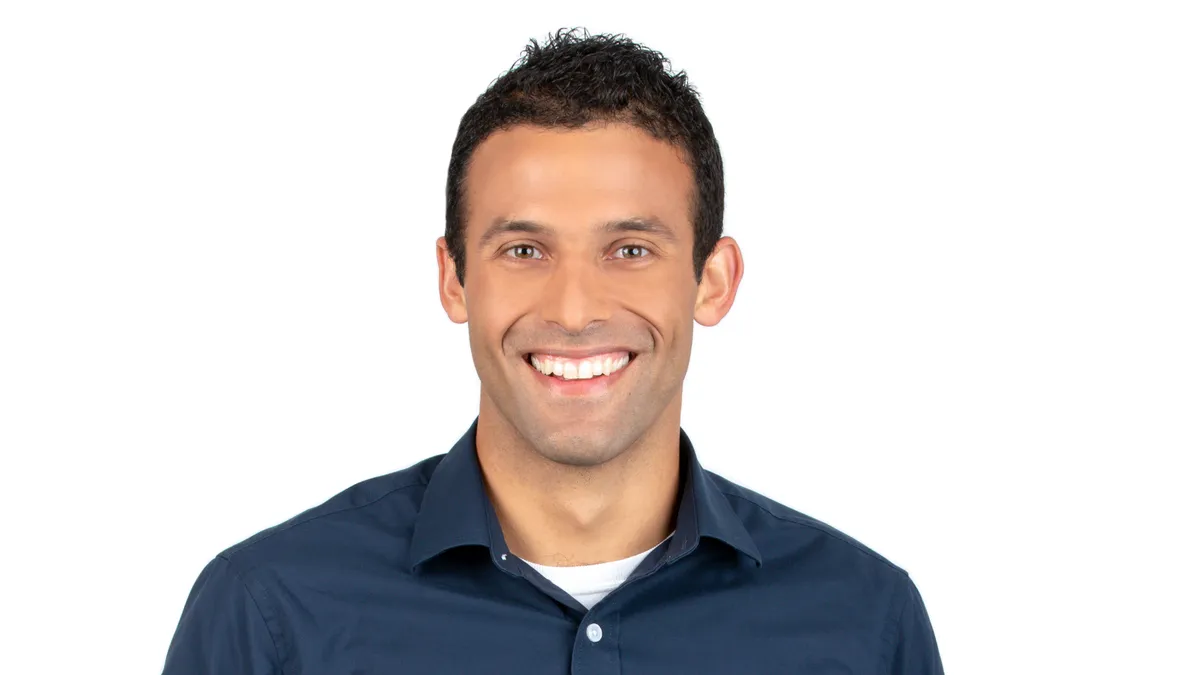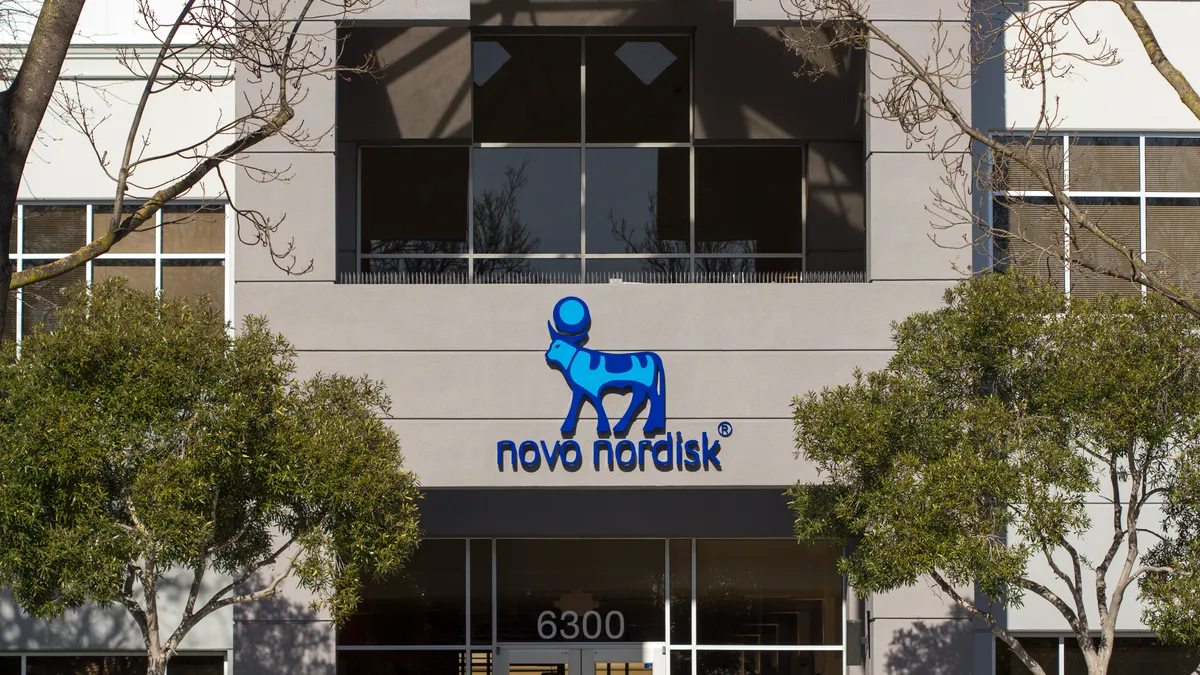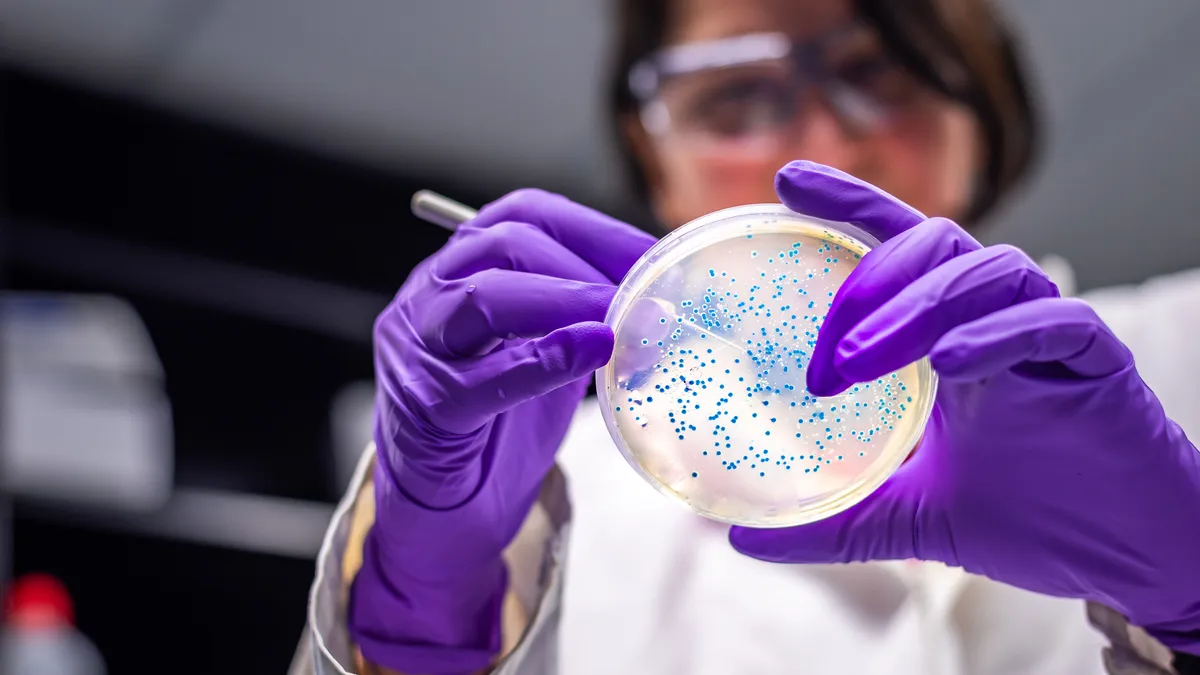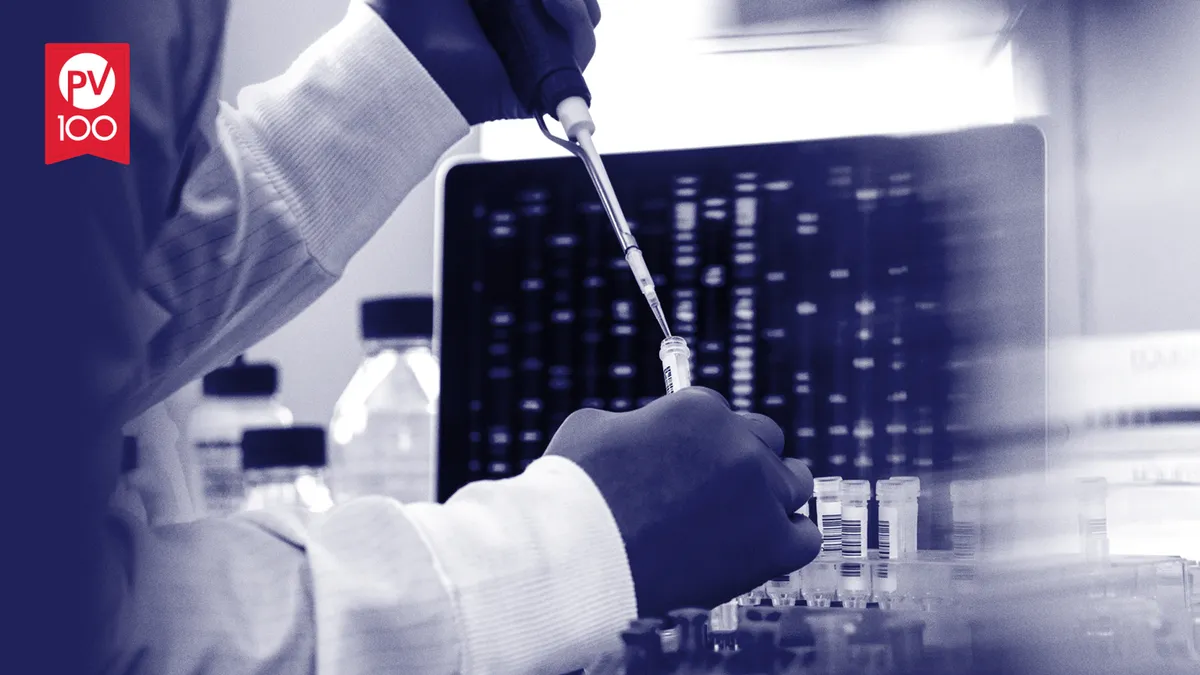Armon Sharei never thought he’d build another biotechnology company.
Sharei toiled for years to turn his Ph.D. research at the Massachusetts Institute of Technology — a way of squeezing material into cells without killing them — into a successful startup.
The company Sharei formed, SQZ Biotechnologies, won a startup competition in 2014, with the magazine Scientific American annointing its technology as one of the year’s top innovations. It raised $167 million from well-known venture investors and signed a partnership deal with Roche, which saw its work as a way to help develop cell therapies for cancer. SQZ went public in 2020, amid a boom in biotech stock offerings.
But from there, SQZ slowly deflated. The company’s priorities shifted from technology to therapeutics. Its clinical work faltered, depressing its stock price and forcing it to scramble to survive. In 2022, Sharei was ousted by the board, and SQZ lost Roche as a partner shortly after.
Late last month, the company was liquidated for about $12 million, little more than what it had in the bank.
The journey scarred Sharei — “so much work and pain and suffering,” he said in an interview with BioPharma Dive. He took a hiatus from biotech, vacationed with his family and dabbled in writing comics about immune cells.
The break was motivating. “I still care way too much about cell therapies,” he said. Instead of stepping back, he formed another biotech startup, Portal Biotechnologies, to pursue a similar type of cell-squeezing technology in a different way.
Rather than develop drugs, Portal has set out to make mechanical tools others could use to deliver complex materials into cells. So far, more than 20 biotechs, pharmaceutical companies and academic institutions have signed up for Portal’s “beta program.” Last week, it raised a $5 million “pre-seed” round from a trio of venture firms led by Pear VC.
Sharei spoke with BioPharma Dive about what he learned from his experience with SQZ. The following conversation has been lightly edited and condensed for clarity.
BIOPHARMA DIVE: What was it like witnessing the end of SQZ from afar?
ARMON SHAREI: It was definitely sad to see SQZ go down because I really cared about what we were doing and thought some of the therapeutic programs had a lot of potential. I went through the hardest parts when I was leaving, because I was nervous this would happen. But in other ways, I'm really glad I went back into this zone of trying to enable cell therapy [delivery], since that’s what my early Ph.D. work was all about.
With SQZ, everything became much more therapeutic down the line, but the origins were the same. Cell delivery is just a major problem. It's a bottleneck to all kinds of therapeutic applications and implementation but also to the world of drug discovery and understanding biology. If you have a simple solution, it could enable a lot of things.
What are you carrying over from SQZ to Portal?
SHAREI: We thought, 'What if you could simplify delivery even further than what we had done at SQZ and during grad school in the early days?' The base of SQZ is essentially 10 years old at this point. That's where we thought [of] this old work where people had looked at using filters to deliver stuff into cells, and bet we could make better version of it. We simplified delivery to running cells through a fancy filter, for lack of a better word.
Is Portal being built differently because of your previous experience?
SHAREI: One of the motivations for going this way was having lived the experience of being in therapeutics. When you go down that path, everything inevitably starts to depend on what the trial readout is for the first or maybe second thing you did, if you're lucky. You're betting the entire validity and potential of the platform on the first things you picked. And those things can go right or wrong for 1,000 reasons that might have nothing to do with the broader platform.
If you want to maximize economics — often, that is the bet people want to make. If you're right about a therapeutic, that is the biggest outcome from a financial perspective because they’re valued so highly. With tools or reagents, it's very distributed. It's a sales game. Valuations aren't as high.
What makes you comfortable giving up those potential rewards?
SHAREI: Having gone through those other experiences, it's a shame if a high potential platform dies at the hands of its lead program for many reasons that might have nothing to do with the technology. So if we don't want that to happen again, let's just be open from the start and make many bets through others.
If someone uses Portal to cure an autoimmune disease, they'll get more economics than Portal will, and that's fine. I'll live with that. I'd be more than happy that that population is way better off, as opposed to [being upset] Portal didn't get all the money it could from going down that path. Frankly, business-wise, it makes sense because you're not taking these binary risks. It's just a much more distributed risk profile.
What’s difficult about pitching a new platform? Does it remind you of the early days with SQZ?
SHAREI: When you have a new technology, it can be tricky to get early adopters because you don't know what the field really wants. The field doesn't understand what you can do yet, so unless you do it yourself, you're stuck in the middle of nowhere. We faced that in the super early SQZ days, in 2013 and 2014. There were a lot of unique things SQZ could do, but because people weren't used to being able to do that, it was a problem. It's hard for the field to adopt a new thing unless you really prove it out. Then everyone starts to catch up.
Why go with a ‘pre-seed’ round as opposed to grant funding or something larger?
SHAREI: As great a resource as grant funding is, it tends to take a while. It’s not the most time-efficient path, even though it can be quite cost-efficient. Going for a pre-seed with some of these aligned investors helps get things moving a lot faster if you can do it. Even though it is still a challenging environment for biotech financing, luckily, what was attractive in our case was our background and [the fact] the approach can be viewed as relatively low risk.
Therapeutics can be viewed as quite high risk, whereas providing platform technology to others, especially if you're showing you already have traction, is a much less risky proposition and a financial win for the investors. You don't need to raise $400 million before you ever know you have a drug. In these business models, after $5 million, $10 million or $20 million, you know you're onto something.





















